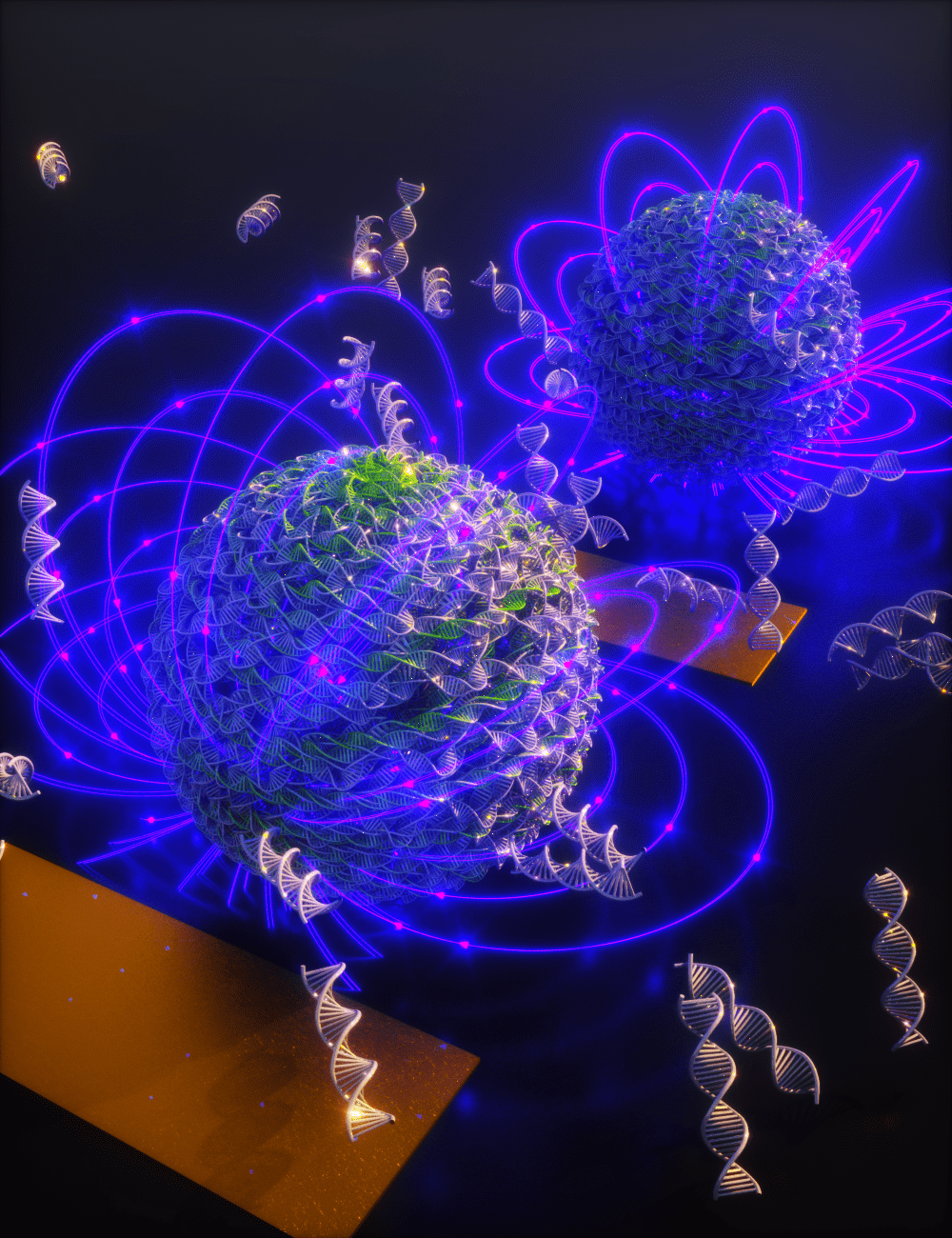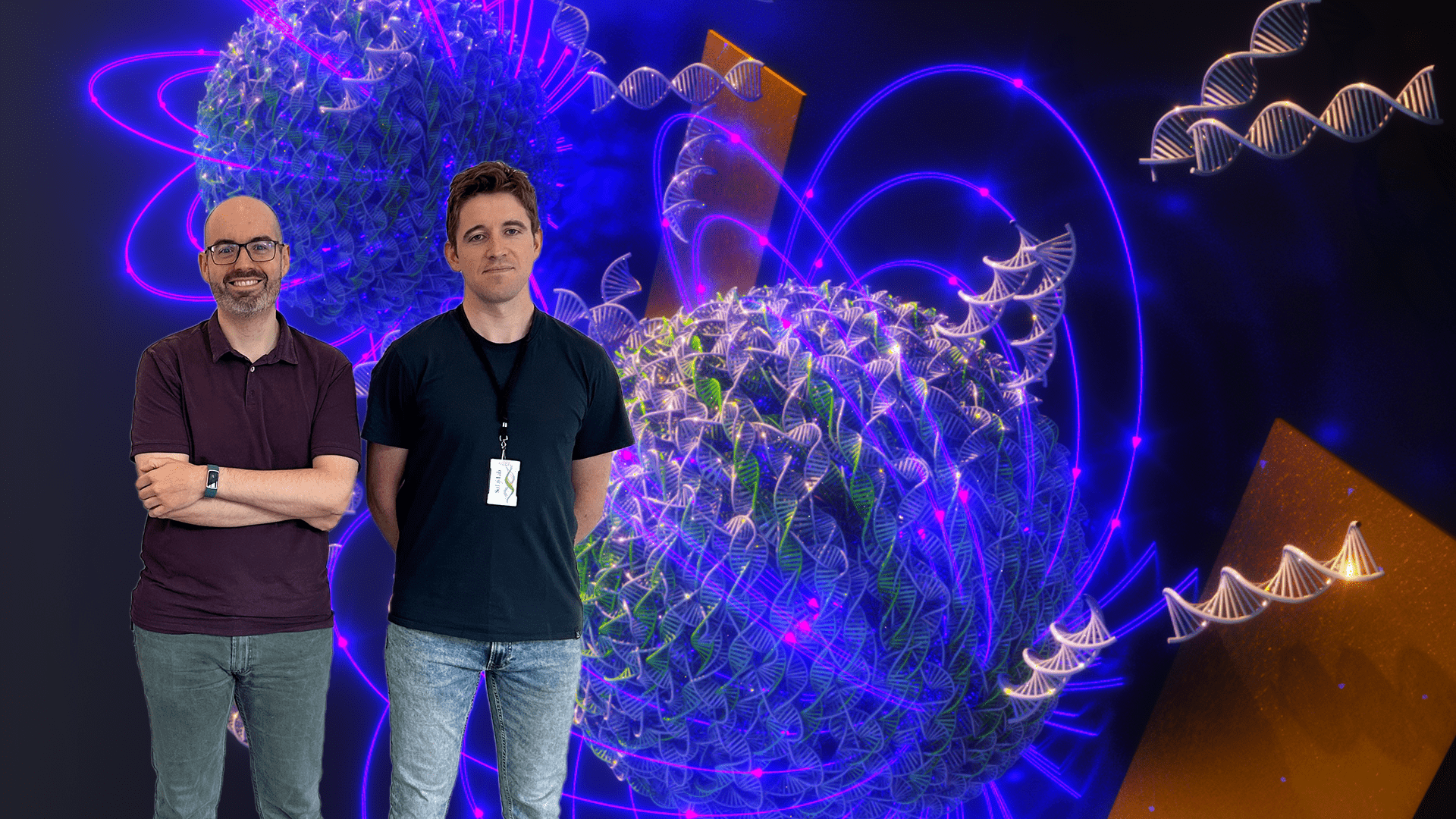Interdisciplinary collaboration yields innovative pathogen detection technique
In a collaborative effort led by researchers from Karolinska Institutet and supported by SciLifeLab, a novel method for pathogen detection has emerged, harnessing the power of DNA Nanoballs. This method aims to streamline nucleic acid testing, potentially revolutionizing the field of pathogen identification. This research could pave the way for a cost-effective and efficient electronic-based test capable of swiftly identifying various nucleic acids.
Researchers at Karolinska Institutet have pioneered a new method utilizing DNA Nanoballs for pathogen detection, with the goal of streamlining nucleic acid testing for pathogen identification. The findings hold promise for the development of a simple, electronic-based test capable of swiftly and inexpensively identifying various nucleic acids in a variety of scenarios.
This project was conceived as part of the Knut And Alice Wallenberg Foundation and SciLifeLab-funded project titled “Efficient Point-of-Care and Variant Detection of SARS-CoV-2 and Other Viruses.” The bulk of the research conducted in Sweden was performed by Donal Barrett, research technician within the Pelechano-group, at the SciLifeLab premises in Solna.
Vicent Pelechano, associate professor at Karolinska Institutets Department of Microbiology, Tumor, and Cell Biology, emphasizes that the project’s interdisciplinary nature aligns perfectly with SciLifeLab’s core principles. He explains, “The project originated from our desire to assist during a pandemic situation, and now that the pandemic has subsided, our goal is to ensure we are prepared for the next one.”
Vicent expresses cautious optimism about the technology’s potential to detect a wide range of pathogenic agents in real-world scenarios. The methodology combines Molecular Biology (specifically, DNA Nanoball generation) with electronics (electric impedance-based quantification) to create an innovative detection tool.
“Essentially, we’ve devised a remarkably simple method to transform the product of DNA amplification into compact DNA balls. This ‘quanta’ of DNA amplification can be easily detected by our colleagues with expertise in electrical engineering. It’s a project that would have been unattainable for each of us working individually but becomes possible when we embrace interdisciplinary thinking. This, to me, exemplifies one of the most enriching aspects of SciLifeLab, where we’re surrounded by experts from diverse fields, all united in our pursuit of a deeper understanding of life.”, says Vicent Pelechano.
This novel label-free detection method holds the potential to expedite the development of new diagnostic kits. By integrating affordable, mass-produced electronics with lyophilized reagents, this technology could become a cost-effective, widely accessible, and scalable point-of-care device.

Image: Ella Maru Studio





